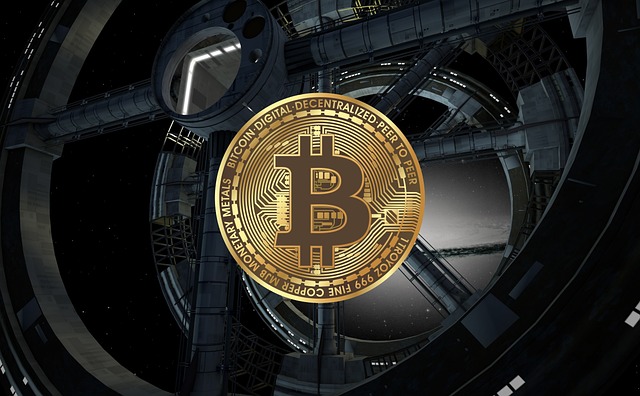Introduction
In an era marked by economic uncertainty and currency devaluation, Bitcoin has emerged as a modern counterpart to gold, often referred to as “digital gold.” But what makes Bitcoin a reliable hedge against inflation, and how does it compare to traditional assets like gold? Let’s delve into the unique characteristics of Bitcoin and its growing role in financial markets.

What is Bitcoin?
At its core, Bitcoin is a decentralized digital currency built on blockchain technology. It operates independently of any central authority, ensuring transparency, security, and a finite supply capped at 21 million coins. These features make it an attractive option for those seeking protection against inflation.
Why is Inflation a Concern?
Inflation erodes the purchasing power of money, leading to a gradual increase in prices over time. Factors such as excessive money printing and monetary policy missteps can exacerbate this issue, leaving traditional fiat currencies vulnerable. This is where assets like gold—and now Bitcoin—come into play.
Bitcoin vs. Gold: A Comparative Analysis
Gold has long been considered a safe haven during economic turmoil. However, Bitcoin introduces several advantages:
- Scarcity: Bitcoin’s supply is capped, while gold’s supply, though limited, can increase through mining.
- Portability: Bitcoin can be transferred instantly across the globe, whereas gold is cumbersome to transport.
- Transparency: Bitcoin transactions are recorded on an immutable ledger, ensuring traceability.
How Bitcoin Protects Against Inflation
- Finite Supply
Bitcoin’s scarcity ensures its value is not diluted over time. The halving mechanism further reduces the rate at which new Bitcoins are created, mimicking gold’s slow extraction process. - Decentralization
Unlike fiat currencies, Bitcoin operates without central banks, making it immune to policy-induced devaluation. - Global Accessibility
Bitcoin’s borderless nature enables anyone with internet access to participate in the network, democratizing wealth preservation.
The Role of Technology in Bitcoin’s Resilience
Bitcoin’s underlying blockchain technology ensures security and transparency. This decentralized network minimizes the risks associated with central authorities, enhancing trust among users.
Adoption Trends and Institutional Interest
In recent years, institutional investors have increasingly viewed Bitcoin as a legitimate asset. Companies like Tesla and MicroStrategy have added Bitcoin to their balance sheets, signaling confidence in its long-term potential.
Challenges and Criticisms
While Bitcoin has its advantages, it is not without challenges:
- Volatility: Bitcoin’s price can experience dramatic swings, making it less predictable than gold.
- Regulatory Scrutiny: Governments worldwide are still grappling with how to regulate Bitcoin, which could impact its adoption.
The Future of Bitcoin as Digital Gold
As the world moves toward a digital economy, Bitcoin’s role as a store of value is likely to grow. Its ability to function as a hedge against inflation, coupled with technological advancements, positions it as a cornerstone of the financial revolution.